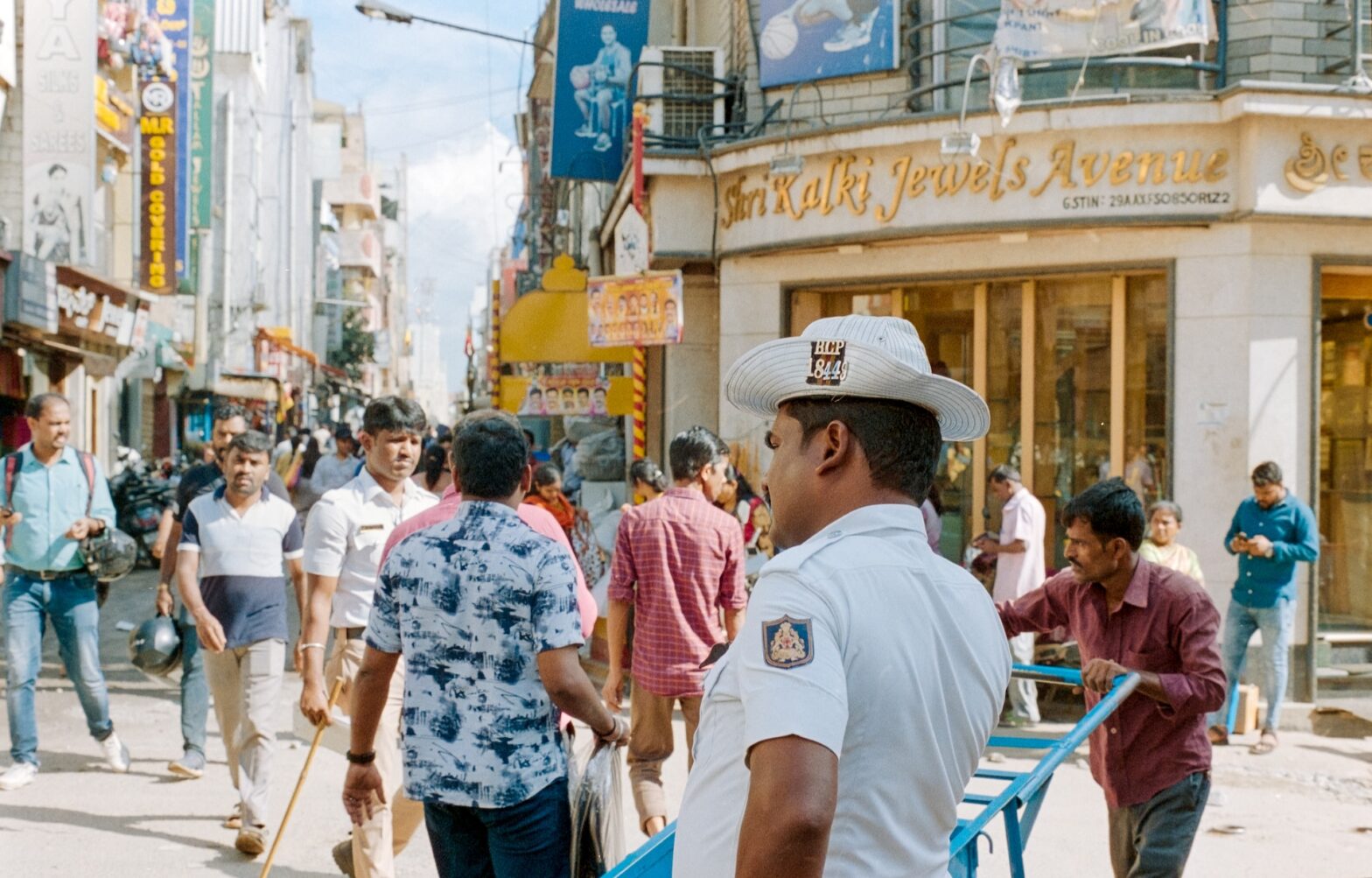India can easily be considered one of the most unique and recognizable countries in the world. It stands apart with its sheer size and history, whether you look at demographics, culture or entertainment. Most of the general knowledge that foreigners have about India is related to the country’s cuisine, entertainment industry and common religious practices. However, there is a lot more diversity in India’s culture and achievements to discover.
Though one of the oldest civilizations in the world, some incredible facts about the country still remain relatively unknown. India hides many incredible facts behind the facade of the familiar, from divine creatures to strange places. Here are 10 facts about India to uncover that may shock you.
1. India Has 6 Seasons
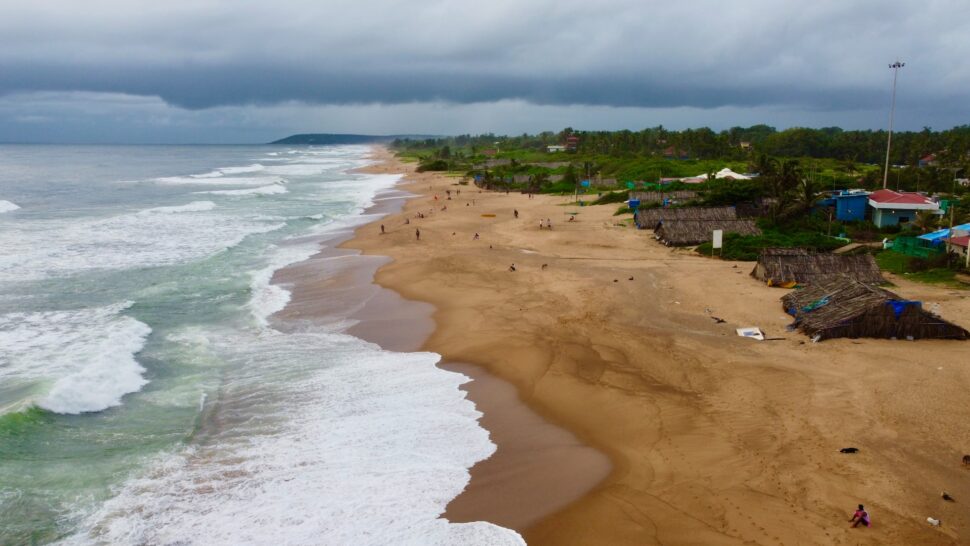
The first of these facts about India is a testament to how unique the country is. While North America has four seasons, India defines six seasons in a year – each averaging two months. These include spring, summer, monsoon, early autumn, late autumn, and winter. Much of the country experiences dramatic seasonal shifts in precipitation, humidity and temperature between regions. The monsoon brings heavy persistent rains between June through September supplying much-needed water. The variety of seasons also impacts India’s agriculture and influences many cultural festivals and celebrations.
2. India Has a Gravity Defying Hill Called Magnetic Hill
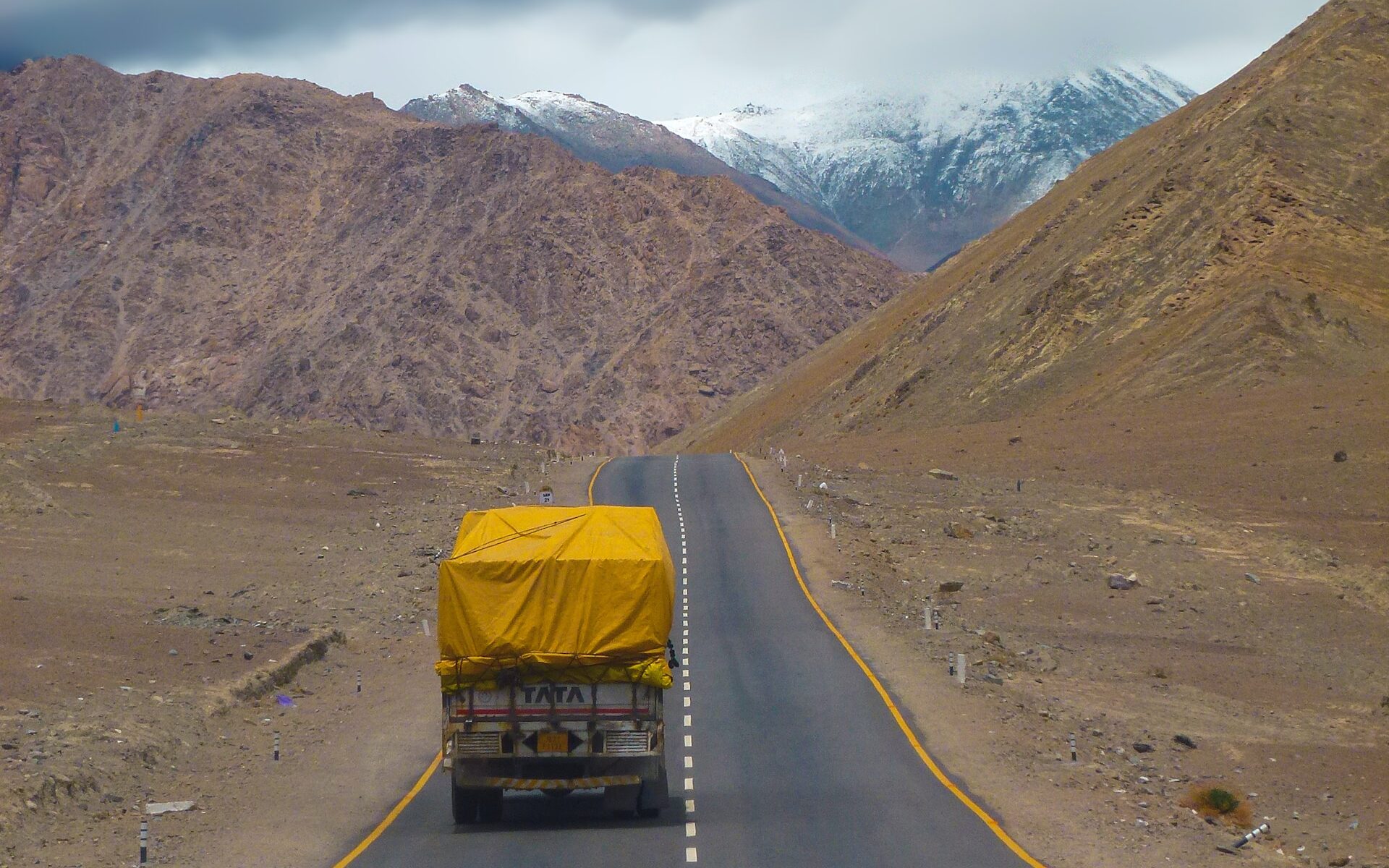
In the Ladakh region of North India lies a gravity-defying natural phenomenon. Magnetic Hill is a section of highway where vehicles in neutral gear appear to roll uphill against gravity. Some theorize huge magnetic forces in the hill cause this effect. Others believe it is an optical illusion created by the layout of the surrounding landscape which tricks the brain. Either way, Magnetic Hill continues to draw tourists who are stunned by the mysterious uphill roll.
3. India Has a High-Altitude Glacial Lake Filled With Skeletons Known as Skeleton Lake
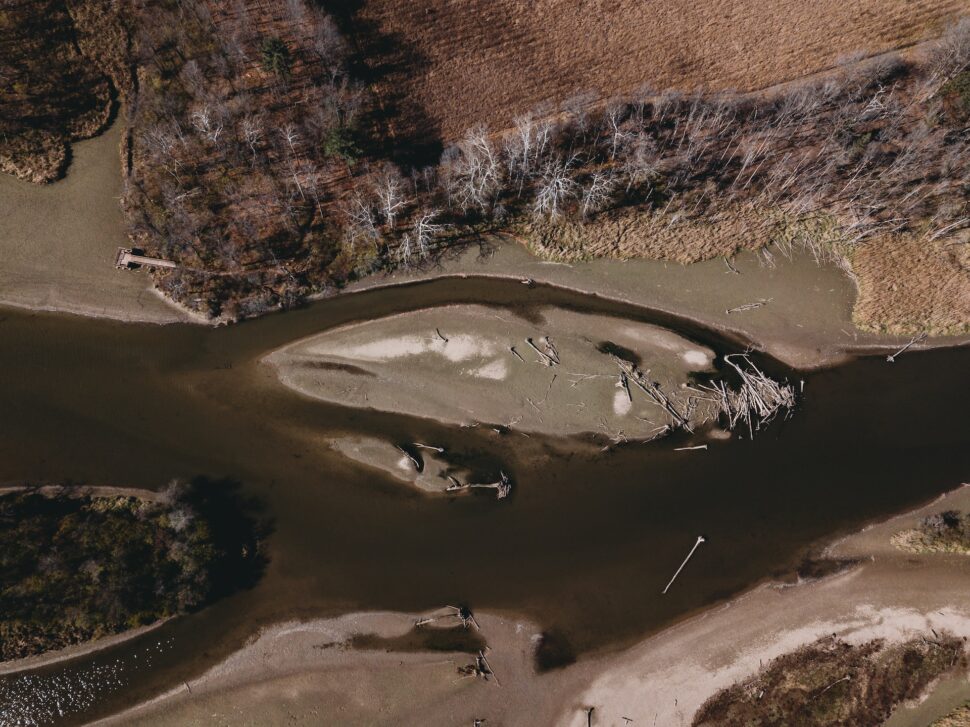
Amongst all these facts about India, this one is definitely the strangest, but coolest. High in the Himalayas lies a glacial lake called Skeleton Lake filled with hundreds of centuries old human skeletons. The lake is situated over 16,000 feet above sea level in a remote valley and only thawed and revealed its eerie contents in the 1940s. Scientists theorize a powerful hailstorm struck a group of early nomads traversing the mountains, killing them instantaneously. Their bodies were subsequently covered by the advancing glacier frozen in time. Though a macabre sight, the exceptionally preserved remains provide insight into early trans-Himalayan mountaineers and the eerie spot remains a tourist attraction.
4. India Has the Highest Population in the World
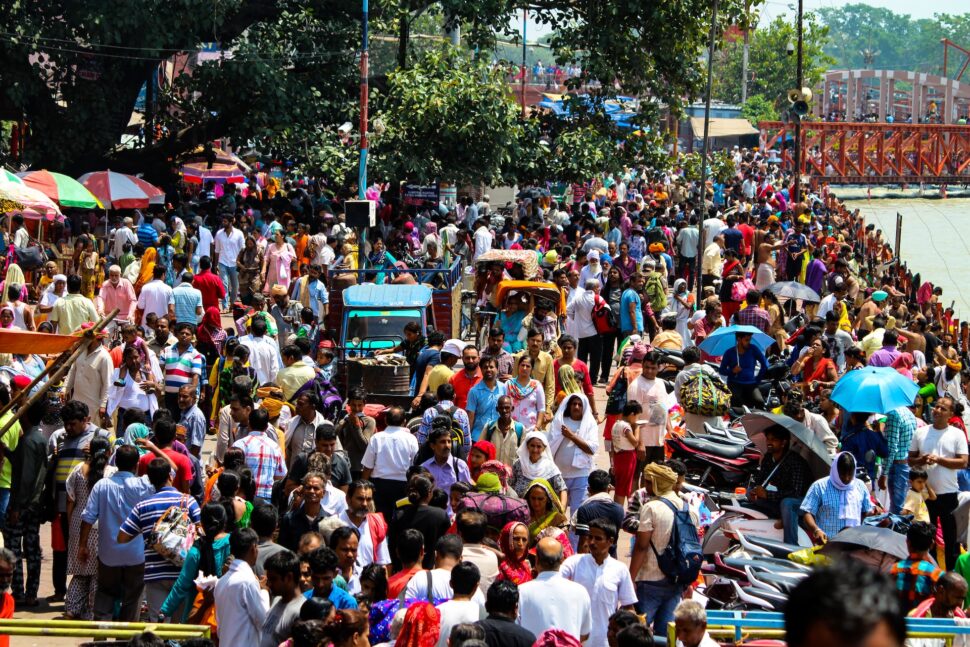
Here is a fact that may be a bit of a surprise for some as many probably remember India coming in second to China in terms of population. However, India now has the largest population of any country on Earth with over 1.4 billion people. This massive population brings immense diversity as there are over 100 languages spoken across India. The country also has a rich history going back over 5,000 years.
5. India Is the Second Largest English Speaking Country in the World
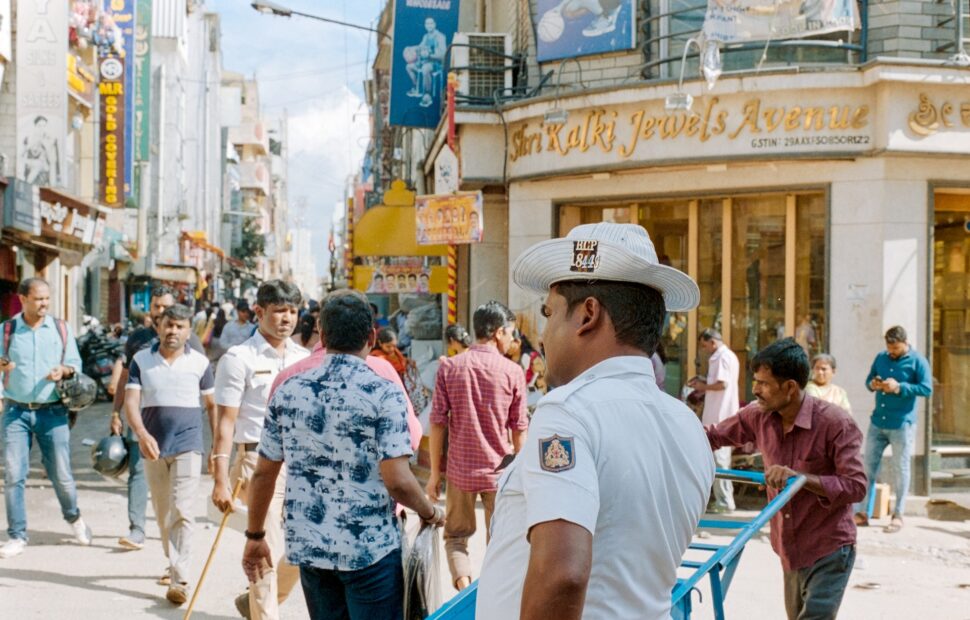
Here is another of these facts about India that contradicts what is commonly assumed about the country. India has the second highest number of English speakers globally with 125 million people speaking the language. This is only second to the US. English remains a lingua franca, especially among middle and upper-class Indian people, and is widely used in higher education and formal business. The country’s British colonial past introduced the language over centuries. Today, knowledge of English provides economic opportunities for many Indian people even as the native languages of the country thrive.
6. Bollywood Is the World’s Largest Producer of Films

India’s entertainment industry reflects its position as a cultural powerhouse. Bollywood, as India’s Hindi language film industry based in Mumbai is known, produces up to 2,000 films per year – more than any other country. Its films and songs have captured audiences across South Asia, the Middle East, parts of Africa and beyond. Bollywood has become synonymous with lavish productions, stunning dance numbers and epic storytelling.
7. Hinduism Is the Oldest Religion in the World
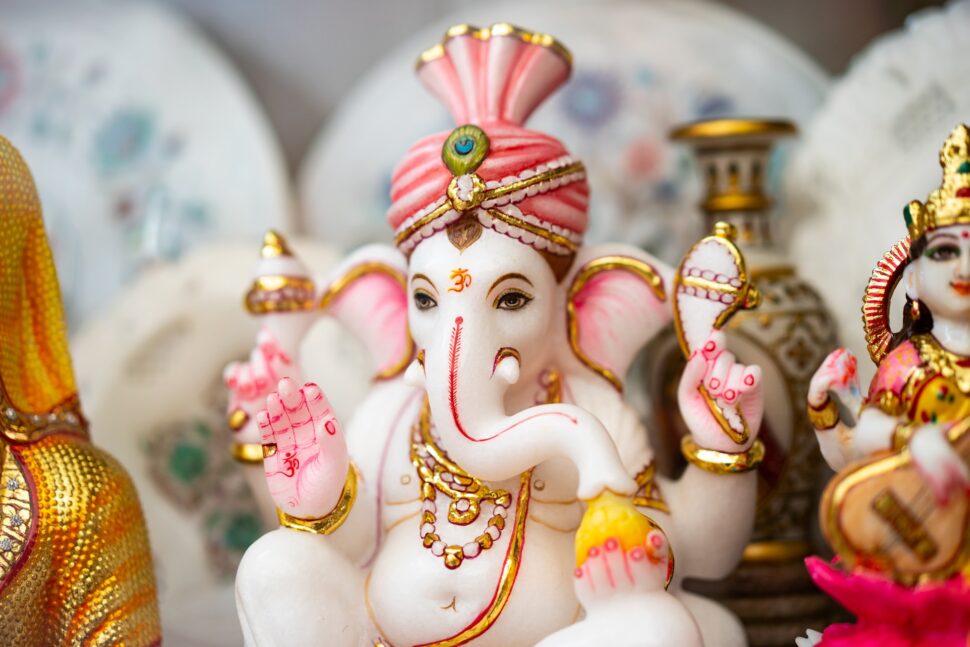
Hinduism, India’s main religion today, is considered the oldest religion still practiced in the world. Its origins can be traced back thousands of years, with a rich and diverse history evolving over time. Hinduism is a complex and diverse belief system that is more accurately described as a way of life than a single, organized religion. Rooted in ancient Indian traditions, it encompasses a wide array of philosophies, rituals, and beliefs. Central concepts include the pursuit of dharma (duty/righteousness), karma (the law of cause and effect), and moksha (liberation from the cycle of rebirth).
8. India Is Home to One of the Seven Wonders of the World: The Taj Mahal
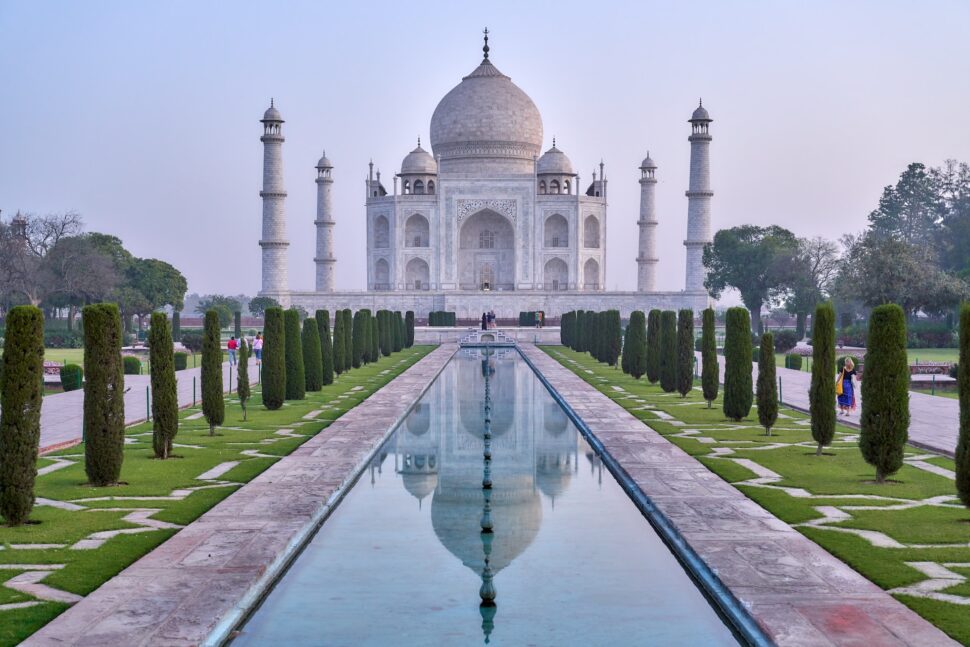
Perhaps India’s most recognizable site is the Taj Mahal. This icon of Mughal architecture was built in the 17th century by Emperor Shah Jahan as a tomb and monument of love for his favorite wife, Mumtaz Mahal. Its striking white marble and precious gem inlays draw millions of visitors every year. Though many assume the Taj Mahal is a palace, it is in fact one of the most beautiful tombs in the world and has the distinction of being one of the New Seven Wonders of the World.
9. 39% of Indians Are Vegetarians
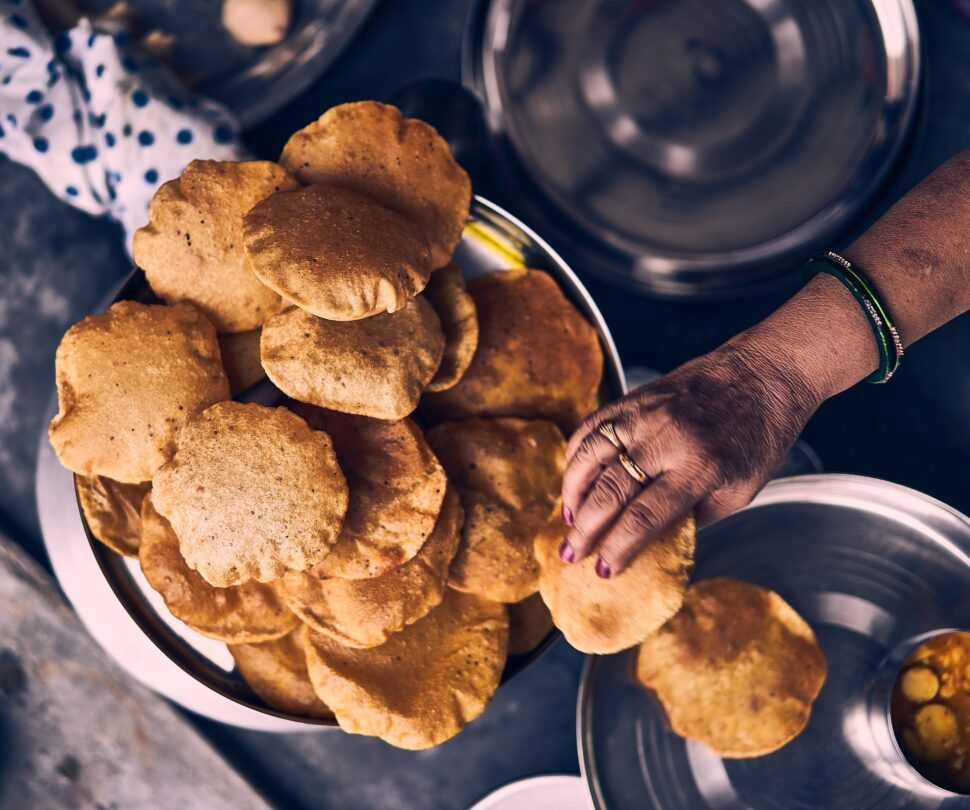
India has a high rate of vegetarianism. Nearly 40% of Indian people are vegetarian, especially Hindu followers. Plant-based foods like dal, paneer and veggie curries are hugely popular options. Though meat is also consumed by some communities, vegetarian foods make up core culinary traditions. Because many Indian people abstain from eating beef for religious reasons, the country relies more on other sources of protein.
10. Cows Are Very Sacred Animals in India
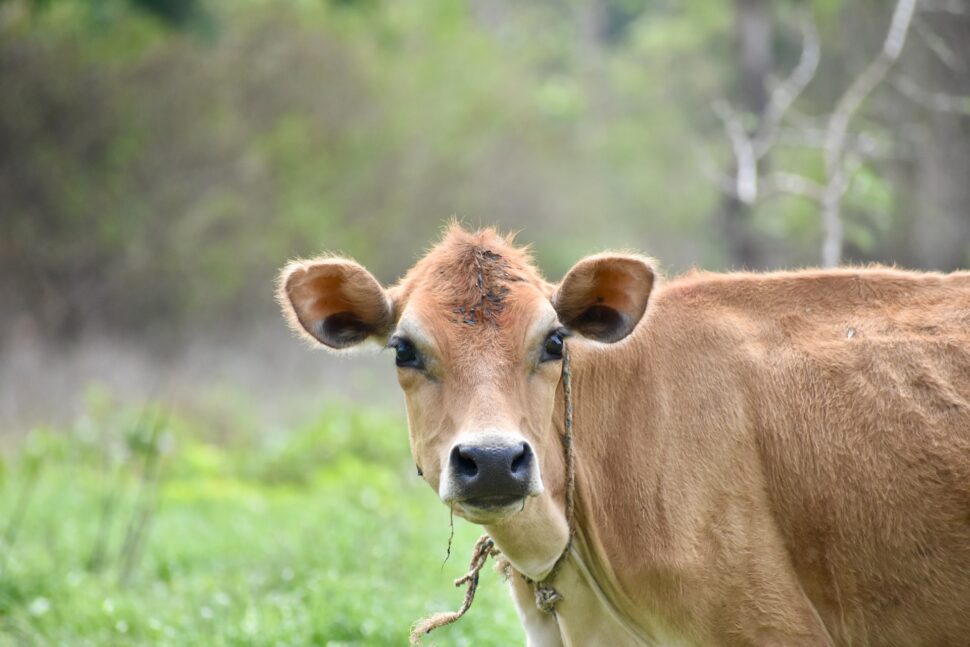
The cow is considered a sacred animal in the Hindu religion revered by over 80% of Indians. They are seen as maternal figures representing life and the sustenance of the universe. Hindus do not eat beef and many consider slaughtering the animals illegal. In cities, one can spot cows napping in the middle of busy roads or wandering market stalls. They have priority over traffic and always the right of way. Though India is rapidly modernizing, the cow retains an exalted position in law and culture.
